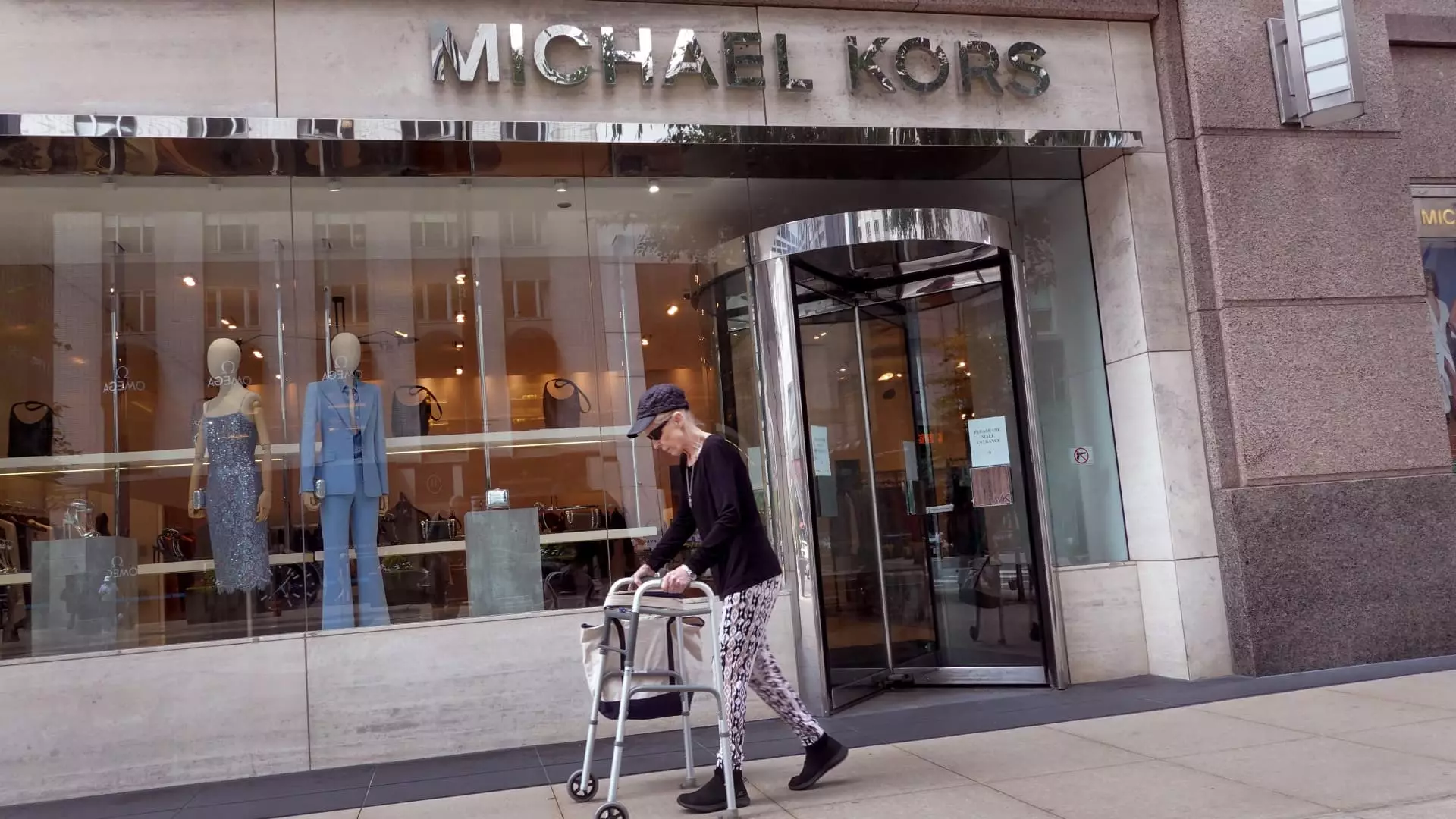On Thursday, the highly anticipated merger between Capri Holdings and Tapestry, two titans in the luxury fashion industry, was officially called off. The abrupt termination stemmed from a lawsuit initiated by the Federal Trade Commission (FTC), which successfully opposed the merger on the grounds that it would harm competition and ultimately disadvantage consumers. As stated in a joint press release from both companies, the decision to abandon the merger was described as a mutual agreement reflecting the best interests of both entities. With the merger negotiations set to expire in February 2024, and the likelihood of receiving regulatory approval increasingly dim, both companies recognized the necessity of redirecting their focus.
The proposed merger, valued at an astounding $8.5 billion, was expected to unify two of America’s largest luxury brands under one umbrella, creating a powerhouse that encompassed Tapestry’s Coach, Kate Spade, and Stuart Weitzman alongside Capri’s Versace, Jimmy Choo, and Michael Kors. However, regulatory scrutiny put a damper on these ambitions. In April, the FTC initiated its lawsuit, arguing that the merger would substantially reduce competition in the luxury goods market and, crucially, reduce benefits for employees within these organizations. Following a federal judge’s ruling endorsing the FTC’s concerns, the merger seemed to lose any viable momentum.
Tapestry’s leadership had initially expressed intent to appeal the ruling, emphasizing the benefits the merger would bring to both shareholders and employees. However, as it became clear that appellate opportunities were drying up against the backdrop of increasing skepticism from Wall Street analysts, both companies pivoted toward an alternative strategy.
Financial Impacts and Strategic Reorientations
In light of the merger’s collapse, Tapestry swiftly reassessed its path to growth. Rather than depending on the acquisition of Capri, the company’s CEO, Joanne Crevoiserat, confidently declared that Tapestry would be allocating the freed-up cash toward a substantial $2 billion stock repurchase program. This strategy signals a robust pivot meant to bolster confidence among investors and stabilize stock prices, which had shown only slight fluctuations during this turbulent period.
Interestingly, the decision not to impose a break fee for abandoning the merger provides Tapestry with additional flexibility. Still, in an act of good faith, Tapestry announced it would cover approximately $45 million in expenses for Capri, compensating them for the financial implications of the failed deal. Such a maneuver might help maintain a degree of goodwill between the two companies despite their shattered merger ambitions.
While Tapestry seems poised to navigate its own waters, Capri faces unique challenges, particularly concerning its flagship brand, Michael Kors. After experiencing a significant drop in sales, the company is now at a critical juncture. Capri’s CEO, John Idol, expressed optimism regarding the future, emphasizing the implementation of several strategic initiatives aimed at rejuvenating Capri’s luxury houses. The focus will be on enhancing brand desirability through exciting marketing campaigns, outstanding product offerings, and a seamless omni-channel consumer experience.
As Capri prepares to engage with its analysts, the conversation will center on the enhancement of its key brand elements and the essential steps to rekindle growth. The ongoing pressures from consumer preferences and market dynamics necessitate a keen approach that balances innovation with core brand values.
The dissolution of the merger between Capri and Tapestry not only reshapes the trajectory of the two companies but may also have broader implications for the luxury market at large. As competition intensifies, luxury brands will need to harness creativity and adaptability to appeal to increasingly discerning consumers. This environment calls for unique strategies, such as sustainable practices and personalized retail experiences, which can resonate with the modern consumer.
While the merger’s failure marks a significant setback for both companies involved, it simultaneously opens new avenues for independent growth and innovation. As Capri paves its road to recovery and Tapestry embarks on its stock buyback journey, the luxury sector as a whole must remain vigilant, evolving to meet the shifting tides of consumer demand and market realities.

